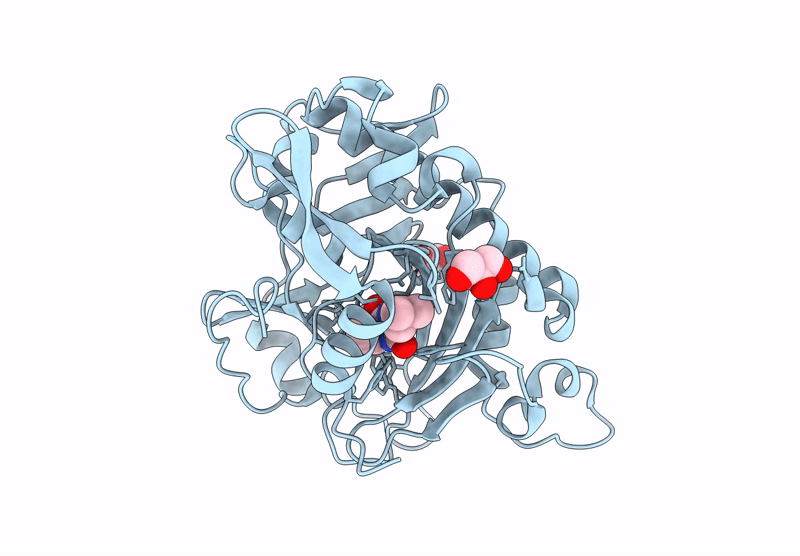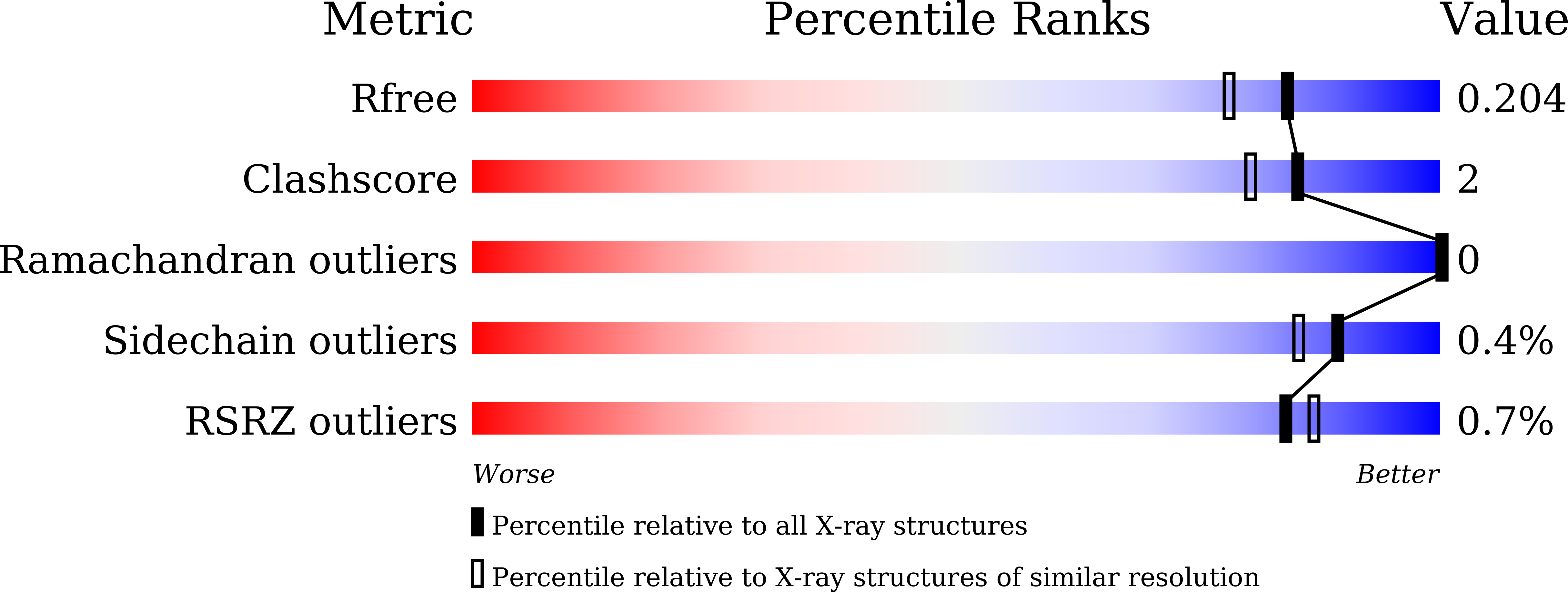
Deposition Date
2023-12-18
Release Date
2025-05-28
Last Version Date
2025-05-28
Entry Detail
PDB ID:
8XHY
Keywords:
Title:
The complex structure of mutant T307A of SsBcmE and its natural substrate cIL
Biological Source:
Source Organism:
Streptomyces cinnamoneus (Taxon ID: 53446)
Host Organism:
Method Details:
Experimental Method:
Resolution:
1.71 Å
R-Value Free:
0.20
R-Value Work:
0.16
R-Value Observed:
0.16
Space Group:
P 21 21 21


